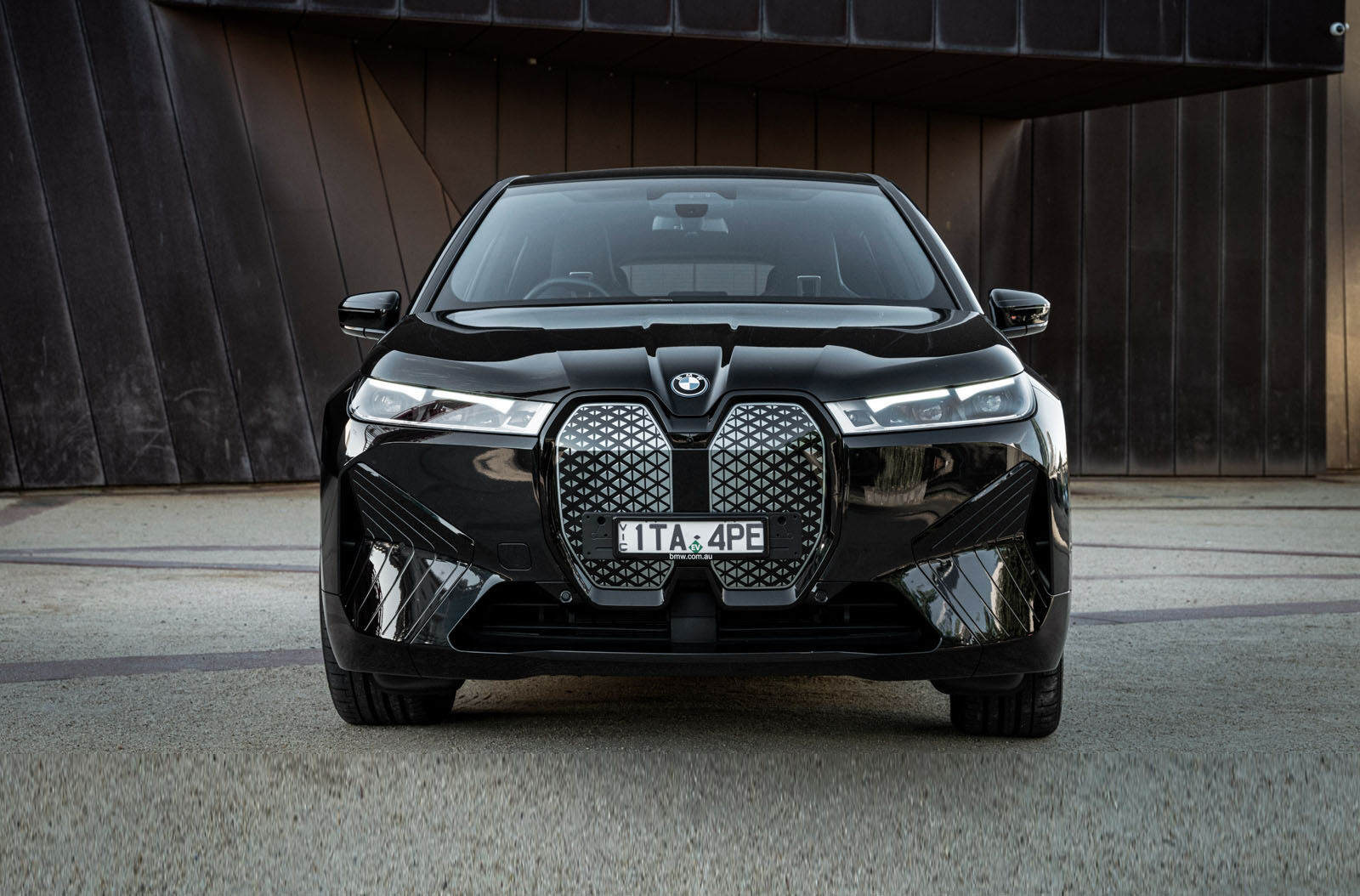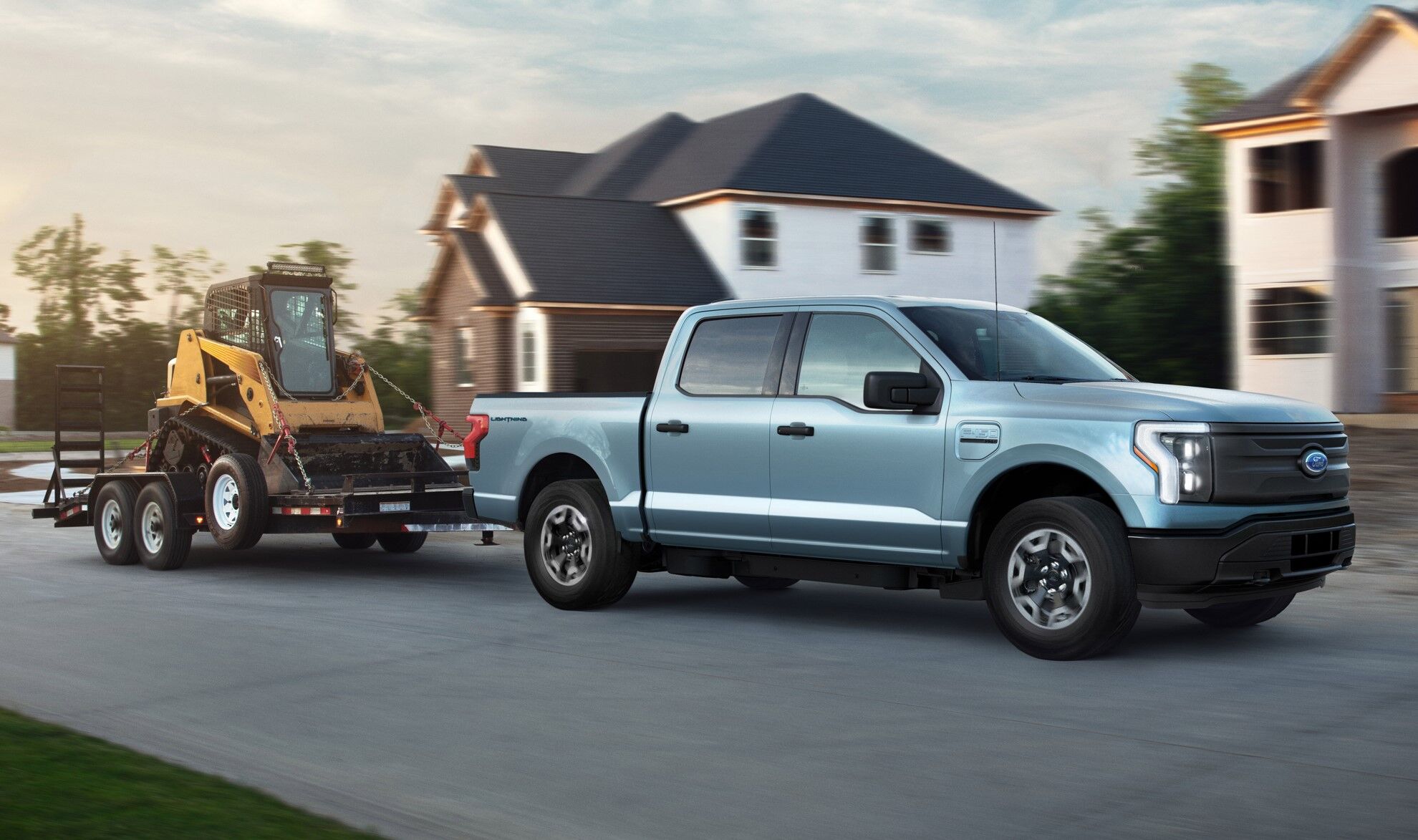While some EVs and hybrid vehicles can tow, you need to choose your model carefully as there are limitations to consider.
If you pull a trailer or caravan on a regular basis you needn’t worry about making the switch to electric or picking a hybrid as your next car, because there are plenty of electrified models on the market capable of towing. However, not every EV or hybrid is suited for the job, so we’ve put together this guide to help answer any questions you might have about their towing abilities.
Electric motors (which feature in both hybrid and fully electric vehicles) are known for producing strong torque the instant you press the accelerator, so in one respect they’re ideally suited for towing applications. Hybrid and electric cars are also generally cheaper to run than diesel or petrol-fuelled alternatives, so initially, it looks like good news for those who need to tow.
However, you may have noticed that a number of EVs and hybrids aren’t rated to tow a heavy trailer, or any kind of braked trailer at all. This is because all cars must be officially certified for towing, and some brands don’t go through this process, even if their electric or hybrid cars are on paper up to the job of towing.
Now owners are becoming more ambitious and are expecting to travel further afield for longer – and, in many cases, that means the possibility of hitching their battery-powered machine to a caravan or trailer. So are the latest generation of electric and hybrid vehicles up to the task? Here’s our in-depth guide with all the answers.
Why can’t some electric and hybrid cars tow?
With their torquey and powerful electric motors, you’d expect EVs and hybrids to make the perfect towing partners, able to pull heavy loads with far less effort than traditional internal-combustion models. Yet dig deep into the specifications of many of these machines and you’ll discover that very few of them are capable of being hitched up to a caravan or a trailer. It’s not that you’re unable physically to attach a tow bar. It’s simply that the vast majority haven’t been certified.
Why not? Well, there are a number of reasons, from specific EV technology to driving range concerns, but perhaps the greatest stumbling block from an engineering point of view is mass. Battery packs are heavy, meaning many EVs tend to weigh a lot more than a similar-sized petrol or diesel car. (A petrol Volvo XC40 weighs at least 1655kg, whereas the electric version tips the scales at 2188kg, a 533kg difference.) Start adding extra mass to the already hefty kerb weight and you’re in danger of over-stressing already hard-working components such as the brakes and transmission. Even on the lighter hybrids (around 1800kg or so), the combined weight of the car and caravan could be up to three tonnes, which would require substantial mechanical strengthening.
In a similar vein, the complex regenerative braking system is also a limiting factor. When slowing down, the electric motor in an EV or hybrid acts as a generator, pouring otherwise lost energy back into the battery. A by-product of this process is a useful ‘engine braking’ effect similar to that in internal-combustion machines. It’s tuned specifically for the car’s kerb weight so there’s a risk the system could be overloaded with the extra kinetic energy created by a heavy trailer, particularly on steep descents. Of course, many EVs allow you to disengage the regenerative braking, but while this might save the motor, it would put immense strain on the friction braking system.
This is even true of braked trailers, which have a fairly simple mechanical overrun drum braking system. It’s triggered by the force of the trailer or caravan pressing on a mechanism in the tow bar as the tow car slows. However, it only works when relatively high braking loads are sensed, so for most of the time, it’s the tow car’s brakes that are doing the lion’s share of the work.
Finally, there’s the question of range. Couple up a heavy or aerodynamically inefficient load to the back of your battery-powered car and you’re likely to see a dramatic increase in electricity consumption. This is a particular issue for caravan owners, who tend to want to travel far and wide in search of camping locations.
As a stark example, in 2020, Audi North America used an E-tron to pull a 1800kg trailer on a 800-kilometre road trip from Tulsa, Oklahoma to Austin, Texas. Overall, the electrified SUV managed around 160 kilometres between charges – less than half the car’s 390-kilometre range when travelling untethered.
Which electric cars can be used for towing?
Many electric cars on sale right now can tow a trailer or caravan – mostly at the more expensive end of the market. The BMW iX has a 2500kg capacity and the Tesla Model X is capable of pulling 2250kg. Tesla has also included a ‘trailer mode’ that shuts off some of the car’s driver-assistance features and can apply brakes to individual wheels if it detects the trailer swaying behind.
Meanwhile, the Audi e-tron and Mercedes EQC can both tow up to 1800kg, while the Volvo XC40 Recharge can tow up to 1800kg in twin-motor guise or 1500kg with a single motor. The Tesla Model Y Long Range can manage a 1600kg trailer, as can the Kia EV6 and its sister model the Hyundai Ioniq 5.
The Polestar 2 is rated for towing up to 1500kg, while the Audi Q4 e-tron can handle 1200kg in all-wheel-drive ‘quattro’ form or 1000kg as a two-wheel drive. The Jaguar I-Pace is also suitable for towing – although only up to a maximum of 750kg.
And then there are the new electric utes likes the Rivian R1T, Hummer EV and Ford Lightning – the latter, for example, can tow a huge 10,000lb (4536kg), but none of those models are planned to go on sale in Australia.
Which plug-in hybrids can be used for towing?
Because plug-in vehicles use a combination of electric and engine power, the issues discussed above that affect pure-electric vehicles are less pronounced. In fact, several plug-in hybrid vehicles have been certified for towing, although not all are available in Australia. These include the Kia Niro PHEV, Hyundai Santa Fe, Range Rover PHEV, Volvo XC60 Recharge, Mitsubishi Outlander PHEV and BMW X5 hybrid.
They come with impressive towing capacities, too. The Volvo XC60 Recharge T8 has a 2100kg limit, going all the way up to 3500kg for the Porsche Cayenne E-Hybrid. Smaller models like the Mitsubishi Outlander PHEV can tow 1600kg braked, while the Land Rover Defender P400e is rated at 3000kg.
Which hybrid cars can be used for towing?
We’ll overlook mild hybrids here, as these are effectively standard internal-combustion models with an enlarged starter-generator unit that doesn’t provide any independent motive force. As for more traditional, or self-charging hybrids, Toyota’s CH-R can manage to pull a maximum of 725kg, while the Corolla adds 25kg to that total.
The all-wheel-drive Toyota RAV4 can manage 1650kg, while the GWM Haval Jolion hybrid manages 1500kg. For the ultimate pulling power, however, the Lexus RX 450h takes the spoils, with an impressive 2000kg capability.
Can electric cars be towed?
In short, an electric vehicle shouldn’t be towed away, but instead placed on a flatbed trailer.
In general, the best advice is to call roadside assistance rather than attempt a DIY rescue with a traditional tow rope. Many EVs don’t have a neutral position in the transmission, meaning the motor (or motors in all-wheel-drive machines) remain permanently engaged, so if you try towing with all the wheels in contact with the road, you risk damaging the drivetrain and the control units. As a result, most manufacturers recommend that the car be put on a flatbed truck.
With two-wheel-drive models, it’s possible to use a towing dolly that lifts the driven wheels off the ground, but even then, the advice is to avoid this method if you can because many EVs and hybrids have electronic parking brakes that automatically engage as soon as the vehicle is switched off.
Automotive Daily







